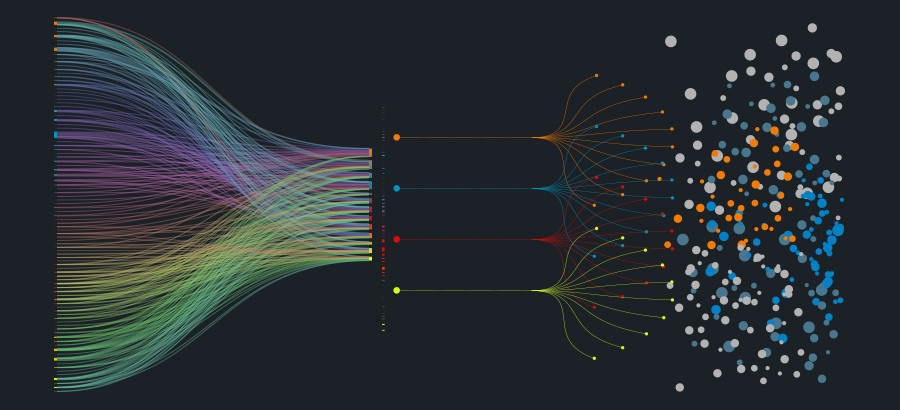- Advertising
- Bare Metal
- Bare Metal Cloud
- Benchmarks
- Big Data Benchmarks
- Big Data Experts Interviews
- Big Data Technologies
- Big Data Use Cases
- Big Data Week
- Cloud
- Data Lake as a Service
- Databases
- Dedicated Servers
- Disaster Recovery
- Features
- Fun
- GoTech World
- Hadoop
- Healthcare
- Industry Standards
- Insurance
- Linux
- News
- NoSQL
- Online Retail
- People of Bigstep
- Performance for Big Data Apps
- Press
- Press Corner
- Security
- Tech Trends
- Tutorial
- What is Big Data
Data Science Webinar: Recommender Systems - From Simple to Complex
On November 15th, Bigstep will host a webinar on the topic of Recommender Systems, ranging from simple systems to complex ones. Registration is limited, so save your spot now. The webinar will be hosted by Andras Palfi, Data Scientist at Bigstep, who recently gave a talk at Big Data Week London Conference on Automation in Data Science and Machine Learning.

On November 15th, Bigstep will host a webinar on the topic of Recommender Systems, ranging from simple systems to complex ones. Registration is limited, so save your spot now. The webinar will be hosted by Andras Palfi, Data Scientist at Bigstep, who recently gave a talk at Big Data Week London Conference on Automation in Data Science and Machine Learning.
Recommender systems are a collection of algorithms that can be used to personalize content and offers for customers. Often considered one of the most successful and widespread application of machine learning technologies in business, they have been employed by major companies like Netflix, Amazon or Google to create new revenue streams and provide tailored experiences. Fortunately, their benefits are not limited to major tech companies with deep pockets. With a minimal technical background, almost anyone can implement a simple recommender system.>
The objective of this webinar is to demystify the algorithms and methods used by recommender systems and provide a few practical use cases. No previous technical background is necessary, but familiarity with high-school level programming and mathematics will be helpful.
There are two main methods to construct a recommender system:
1. Content-based recommendation
2. Collaborative Filtering
The first one analyzes the nature of each item. For instance, recommending books to a user by performing Natural Language Processing on the content of each book.
Collaborative Filtering, on the other hand, does not require any information about the items or the users themselves. It recommends items based on users’ past behavior. Collaborative Filtering methods can be broken down into two categories:
1. Memory-based approach
2. Model-based approach
Memory-based approaches make recommendations by looking at similarities between items or similarities between users. The key idea behind is that similar users share the same interest and that similar items are liked by a user. On the other hand, model-based approaches use various latent factor models to capture the similarity between users and items. Essentially, they turn the recommendation problem into an optimization problem.
The webinar will focus on implementing both a memory-based and a model-based recommendation system in Python.
Join Andras Palfi in this interactive webinar on November 15. See on our blog an example of how Nexflix implemented a recommendation algorithm.
Readers also enjoyed:

Leave a Reply
Your email address will not be published.